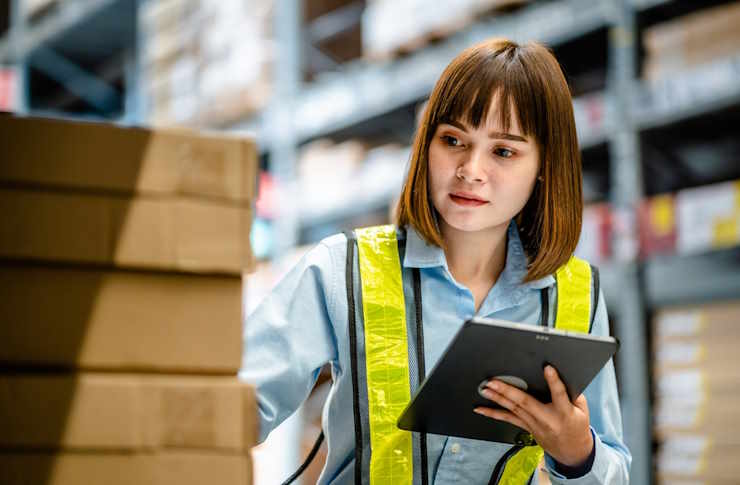Reverse Logistics: Turning Returns into Revenue
The world of business logistics is evolving, and a once-overlooked process is now gaining significant attention. Reverse logistics, the management of product returns and repairs, has emerged as a critical component of successful supply chain strategies. This shift is driven by changing consumer expectations, environmental concerns, and the potential for substantial cost savings and revenue generation.

The Evolution of Reverse Logistics
Historically, product returns were viewed as a necessary evil, a cost center that businesses sought to minimize. However, the rise of e-commerce has dramatically altered this landscape. With online shopping providing convenience but limiting the ability to physically inspect products before purchase, return rates have skyrocketed. This shift has forced companies to reevaluate their approach to returns management.
In the past, reverse logistics often meant simply disposing of returned items. Today, forward-thinking companies are implementing sophisticated systems to extract value from these returns. This evolution has been driven by advancements in technology, changing consumer behaviors, and a growing emphasis on sustainability.
The Economic Impact of Efficient Returns Management
The financial implications of reverse logistics are substantial. Research indicates that returns can cost retailers up to 20% of the original sale price of an item. However, when managed effectively, reverse logistics can transform from a cost center into a profit generator.
By implementing streamlined return processes, businesses can reduce transportation costs, minimize inventory holding times, and increase the resale value of returned items. Moreover, efficient reverse logistics can lead to improved customer satisfaction and loyalty, driving repeat purchases and positive word-of-mouth marketing.
Sustainability and Corporate Responsibility
Beyond the economic benefits, reverse logistics plays a crucial role in corporate sustainability efforts. As consumers become increasingly environmentally conscious, businesses are under pressure to reduce waste and implement more circular economic models.
Effective reverse logistics can significantly decrease the environmental impact of product returns. By refurbishing and reselling items, companies can extend product lifecycles, reduce landfill waste, and conserve resources. This not only aligns with consumer values but also helps businesses meet increasingly stringent environmental regulations.
Technological Innovations Driving Efficiency
The rise of sophisticated technologies has revolutionized reverse logistics operations. Advanced analytics and artificial intelligence are now being employed to predict return rates, optimize sorting processes, and determine the most profitable disposition for each returned item.
Blockchain technology is also making waves in this space, offering enhanced transparency and traceability throughout the reverse supply chain. This can help combat fraud, ensure compliance with regulations, and provide valuable data for process improvement.
Challenges and Opportunities in Reverse Logistics
While the potential benefits of reverse logistics are clear, implementing an effective system is not without its challenges. One of the primary hurdles is the unpredictable nature of returns, which can make forecasting and resource allocation difficult.
Additionally, reverse logistics often requires specialized infrastructure and expertise. Many companies find themselves ill-equipped to handle the complexities of returns management, leading to inefficiencies and lost opportunities.
However, these challenges also present opportunities for innovation and differentiation. Companies that can master reverse logistics gain a significant competitive advantage, positioning themselves as leaders in customer service and sustainability.
Key Strategies for Optimizing Reverse Logistics
• Implement a centralized returns management system to streamline processes and improve visibility
• Utilize data analytics to forecast return rates and optimize inventory management
• Invest in refurbishment capabilities to maximize the resale value of returned items
• Collaborate with suppliers and retailers to create a seamless returns experience for customers
• Explore partnerships with specialized reverse logistics providers to leverage their expertise and infrastructure
As businesses continue to navigate the complexities of modern commerce, reverse logistics will play an increasingly vital role in driving success. By viewing returns not as a burden but as an opportunity for value creation, companies can unlock new revenue streams, enhance customer loyalty, and contribute to a more sustainable future. The key lies in strategic investment, technological innovation, and a willingness to reimagine traditional supply chain models. In doing so, businesses can turn the challenge of returns into a powerful competitive advantage.





